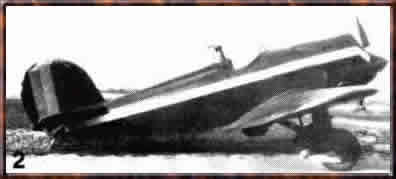After the initial flights, IAR engineers understood that the IAR-12 was really not capable of taking on its rivals, since it was inferior even to its predecesor. Therefore, the plane wasn't presented to the ARR, but the decision was taken to further improve it, creating a new fighter design : the IAR-13. Mayby this was going to be their big break.
